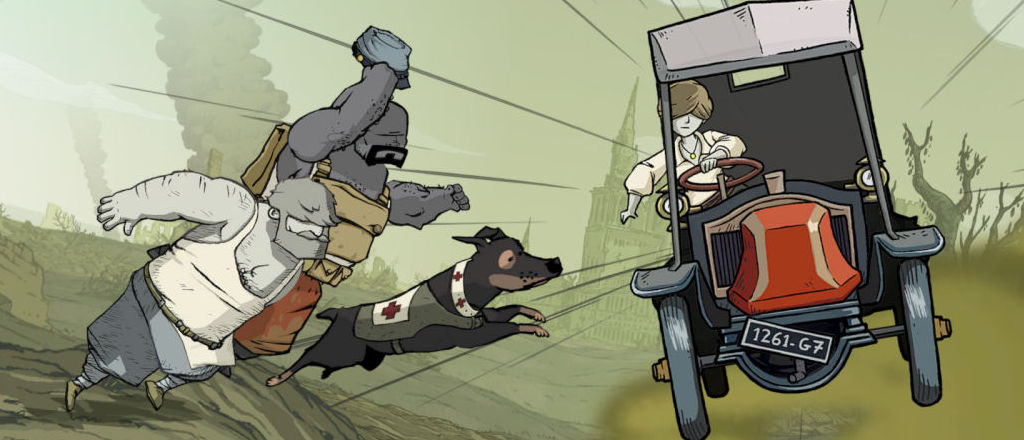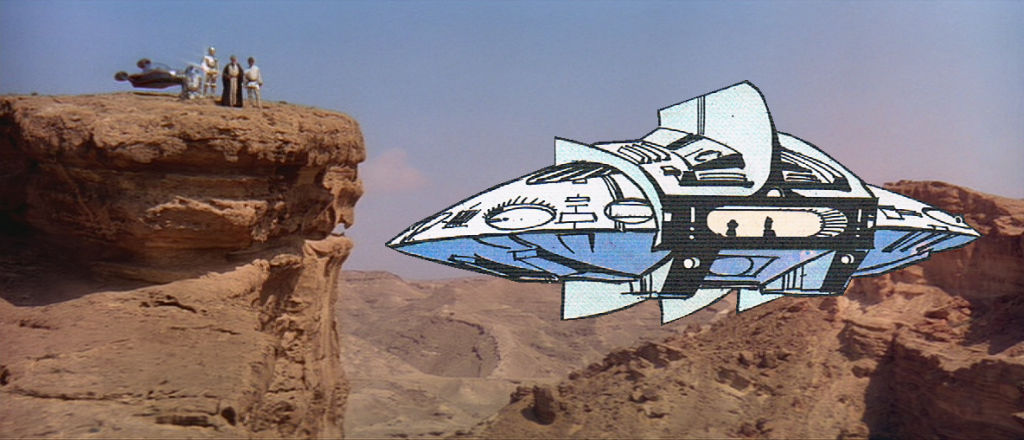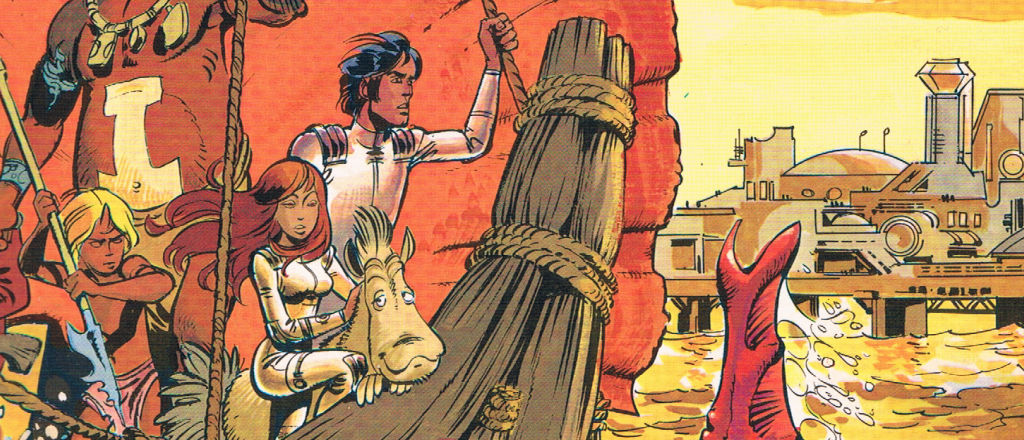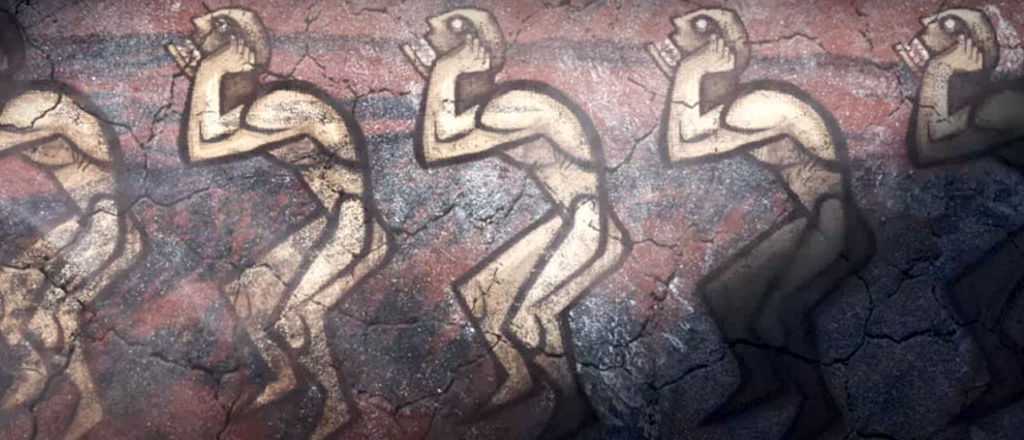Developer: Ubisoft Montpellier | Released: 2014 | Genre: Adventure, World War I
This was a really charming adventure game with minor stealth and action elements. I’ve always been fond of European graphic novels and thus the comic book art style, the multiple parallax layers and the cute animation was right up my alley. Most of the time it was strictly side-scrolling with exits (like a doorway) to another plane closer or farther away, but there were also healing mini-games, minor QTE, and pursuits in a car driving towards the camera. The game was also educational. Sometimes a piece of history could be popped up with a paragraph about what really went on in the first world war.
While the game itself was charming and had relatively easy puzzles, the story and the depiction of the first world war was anything but. It followed the story of Emile and Karl (both drafted into the war on each side), Anna the nurse, and Freddie the American that joined voluntarily after his wife was killed. They met up and got separated repeatedly on several occasions, and sometimes they even got captured or wounded. There were many grim sequences with lots of blood and death. Bombs falling, explosions, shooting from afar, planes, tanks, armies – lots of pain and despair to be seen and felt all over the place.












